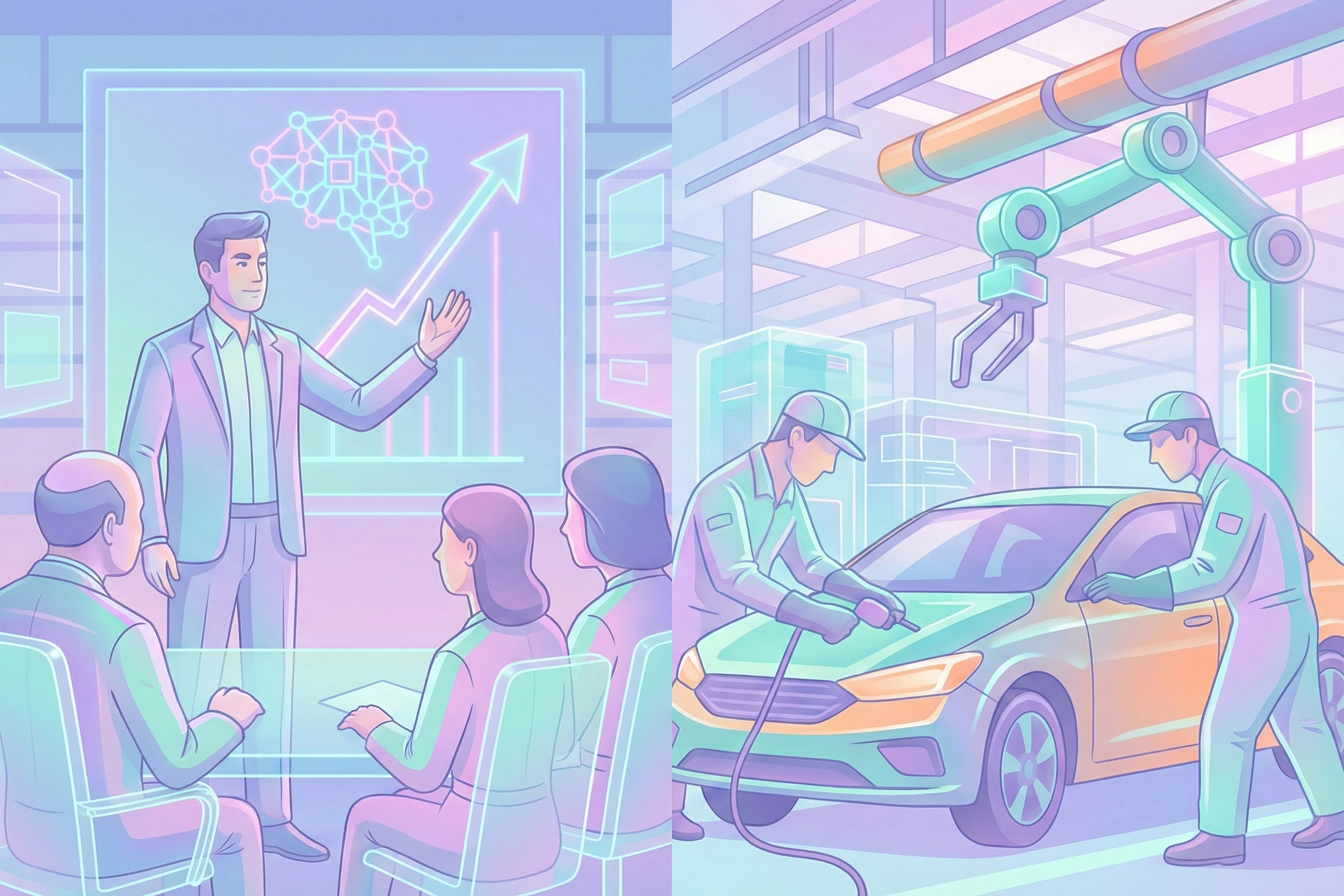
It’s often attributed to the advent of social media, algorithms that secretly use our preferences to prioritize certain information, but also to the rise of deep fakes: disinformation. Online, an argument can be found for every possible notion, our own ideas are easily confirmed and disinformation appears to spread more rapidly and widely than reliable informationSome say that we now live in a time where we experience autonomy when, in reality, we are being manipulated. Is this a new phenomenon and how worried should we be?
Disinformation is a global, public concern threatening democratic societies. After all, a well-functioning democracy depends on the ability of citizens to make informed choices. And it is precisely reliable information that seems to be having more difficulty reaching citizens. According to the report by the European Commission, the circumstances nowadays are perfect for the large-scale spread of disinformation, because of the interplay of the attention economy with human psychology. The attention economy is driven by algorithms that select and subsequently promote attractive, fascinating content on an individual level.Furthermore, people are naturally strongly inclined to focus on negative news, and most disinformation inspires negative emotions such as fear, rage and indignation. Disinformation thus spreads more quickly and widely than reliable information. Moreover, this causes individuals to be exposed less to different opinions, which are crucial to identifying the best arguments, exchanging viewpoints and reaching consensus. Scientific research corroborates the concerns over this phenomenon, but we are still in the early stages of policy-making on this theme.And yet, the intentional manipulation of the public is not a new phenomenon.According to Professors Dutilh Novaes and De Ridder, there are three tactics for manipulating the public that were already used before the internet era. First, pleasing and seducing the audience. By playing into deeply rooted sentiments by means of misleading but attractive information, the public is tempted to take on a certain standpoint or change their behavior. If this form of manipulation is exclusively applied, other information will still be available, and all parties can employ the same method, so that different stances can be heard. The second tactic is that of propaganda and censorship. Information is communicated by one party only and dissenting voices are suppressed. For practical reasons, this tactic is mainly used by political figures who have the means to censor.The final tactic is knowledge pollution. Traditional sources of information (science, government, media) are discredited by a stream of alternative information of such proportions that the public does not know which information is reliable anymore. Experts are depicted as subjective sources with their own views and those spreading disinformation as having equally valuable but different views. Due to this tactic, the public is threatening to fragment and individuals tend to narrow their focus to those sources they consider credible and which confirm their worldview.However, the technical aspects of how (dis)information is produced, spread and consumed, are new. Besides knowledge of human psychology, technological knowledge is also needed nowadays both to make disinformation effective as well as to combat it. In addition, these technological developments make it possible to reach prodigious numbers of people at low cost, whereas heretofore this would have required expensive means such as printing texts or employing persons. The technologies used in this context include the above-mentioned recommendation systems, dark patterns, fake news websites, fake social accounts, troll farms and bots.

